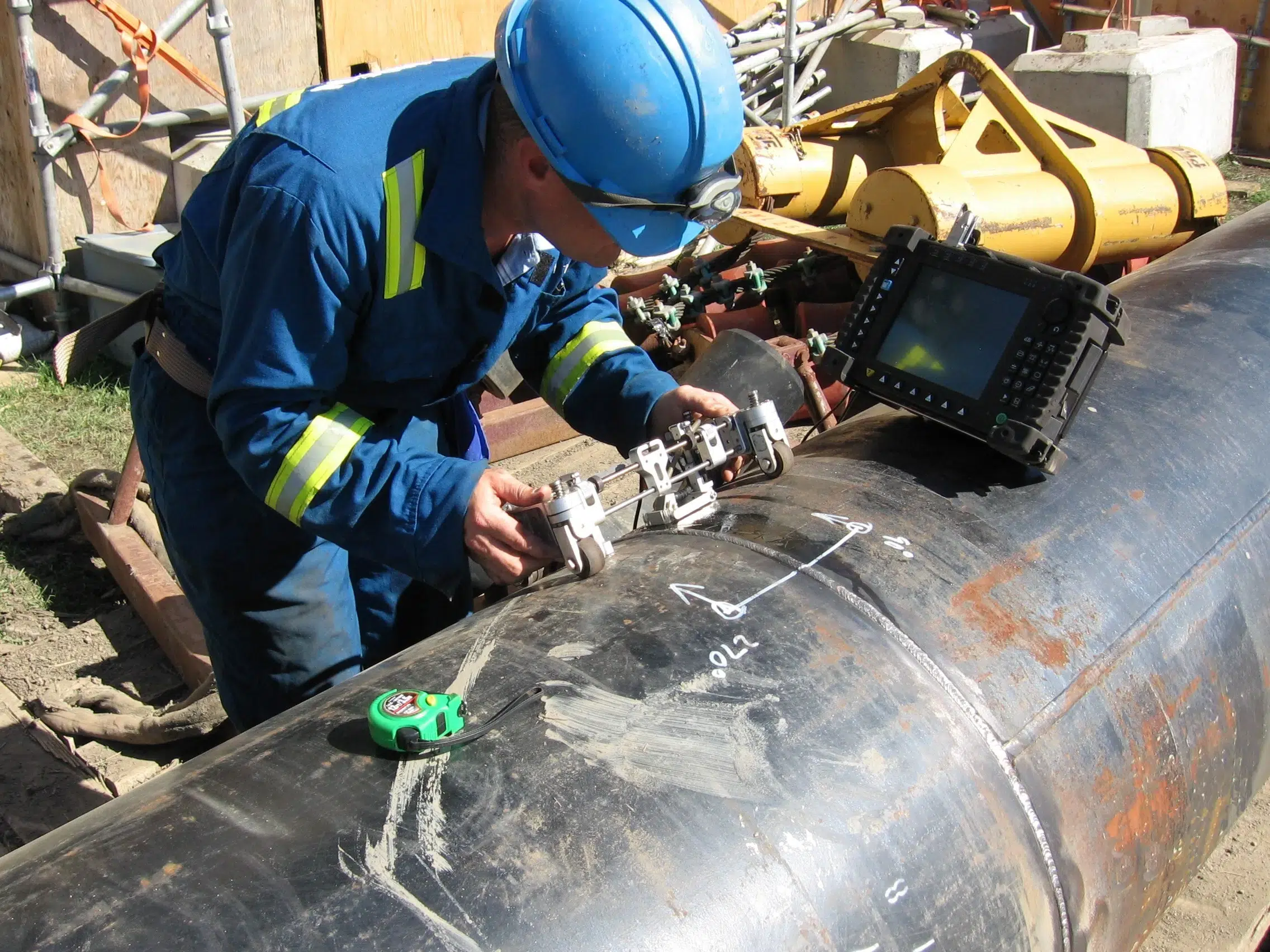
Phased Array Ultrasonics (PAUT)
Welcome to [NDT Inspection Portal]’s phased array ultrasonics (PAUT) group, a place for professionals... View more
PAUT Focusing problems (Near Field Length Compensation Options)
-
PAUT Focusing problems (Near Field Length Compensation Options)
Abstract
In a previous report by the authors, the relative accuracy of Beamtool as it relates to calculations of several beam parameters was considered. Comparison of the values obtained by Beamtool, to those obtained from Civa, indicated that the traditional approximations used in Beamtool were reasonably close to what might be predicted for actual probes. Deviation from the ideal was noted to occur for the near field length of some probe configurations that would be greater than desirable for even just a simple approximation.
Real life experience as well as analytical modelling has indicated that the near zone of refracted transverse wave beams experiences a shortening as the refracted angle increases. This paper considers some of the various compensation techniques used to reduce the estimated near zone. Comparison of the various techniques is done using a variety of common probe frequencies and apertures.
Keywords: Modelling, near field, validation, ultrasound, Civa
1.
IntroductionThe authors have previously reported on the relative accuracy of the quantitative aspects of Beamtool [1] as it relates to calculations for refracted angle, beam divergence and near field length for both round and rectangular shaped elements. It was demonstrated that, in general, the values obtained by Beamtool compared well with those obtained from Civa. This indicated that the traditional approximations used in Beamtool were reasonably close to what might be predicted for actual probes.
When the near field lengths were compared for a small sample of apertures and shapes that might be used in most applications, it was found that some were very close to the expected real values. However, for the larger values of near field some of the values estimated by Beamtool had deviations that might be considered more than tolerable as a simple first approximation for the purposes of technique development.
Anyone who has been required to construct a distance amplitude correction (DAC) curve using a standard probe on interchangeable refracting wedges has noted that, for larger diameter probes, the peak of the curve tends to migrate to slightly shorter soundpaths when the same probe is used on higher angle refracting wedges. This effect is conformed using analytical modelling by Civa simulation software.
Figure 1 indicates the DAC that would result for a 2MHz 20mm diameter element on a 45° and 60° refracting wedge. The black line indicates the DAC for the 45° and is seen to peak at 52mm. The DAC for the 60° wedge is represented by the red line and it peaks at 13mm.
Please download file for full study case
Sorry, there were no replies found.
Log in to reply.